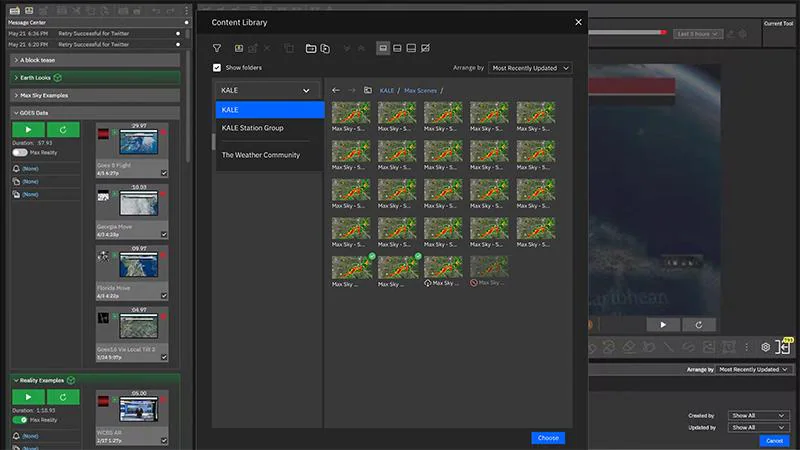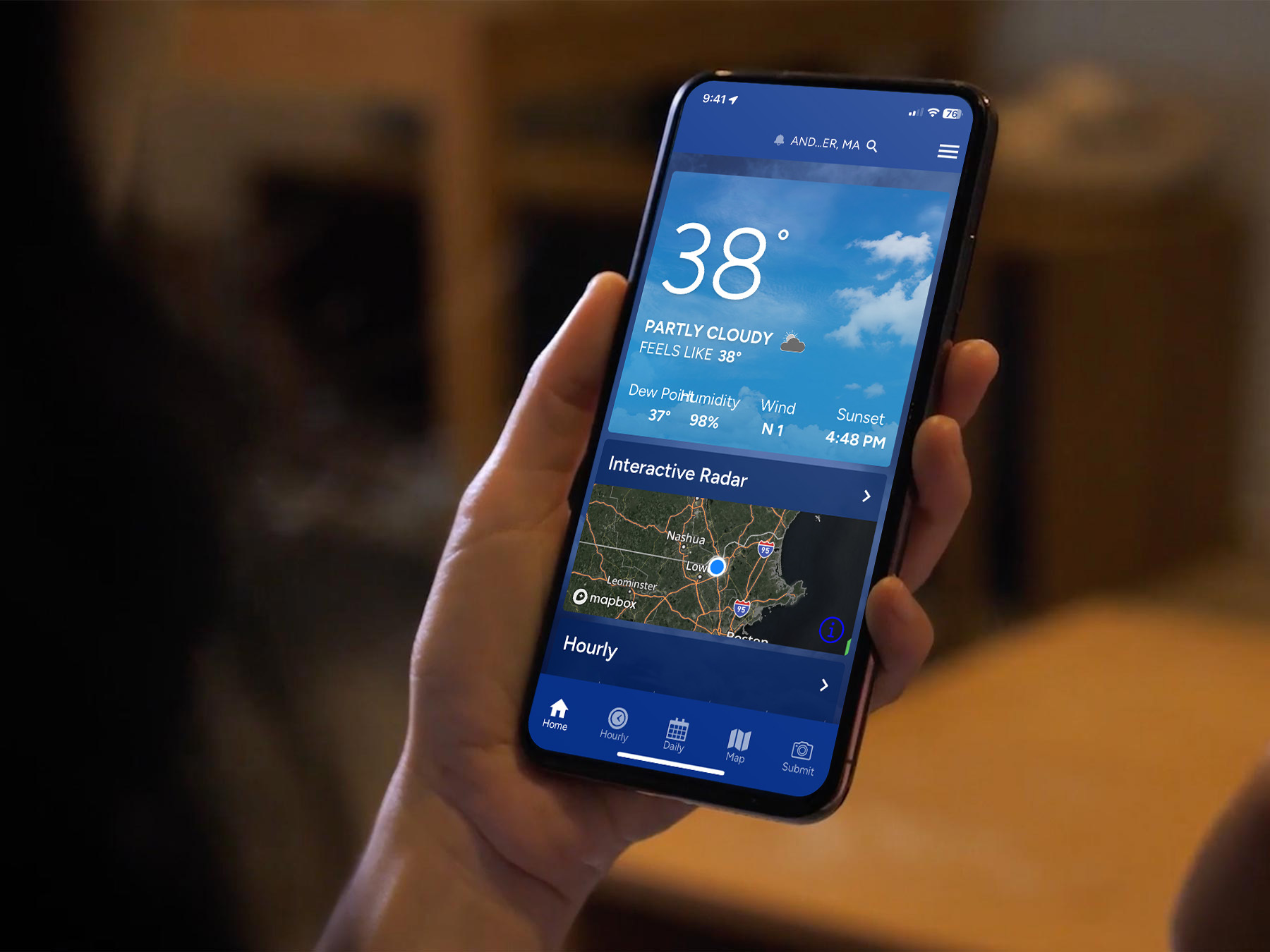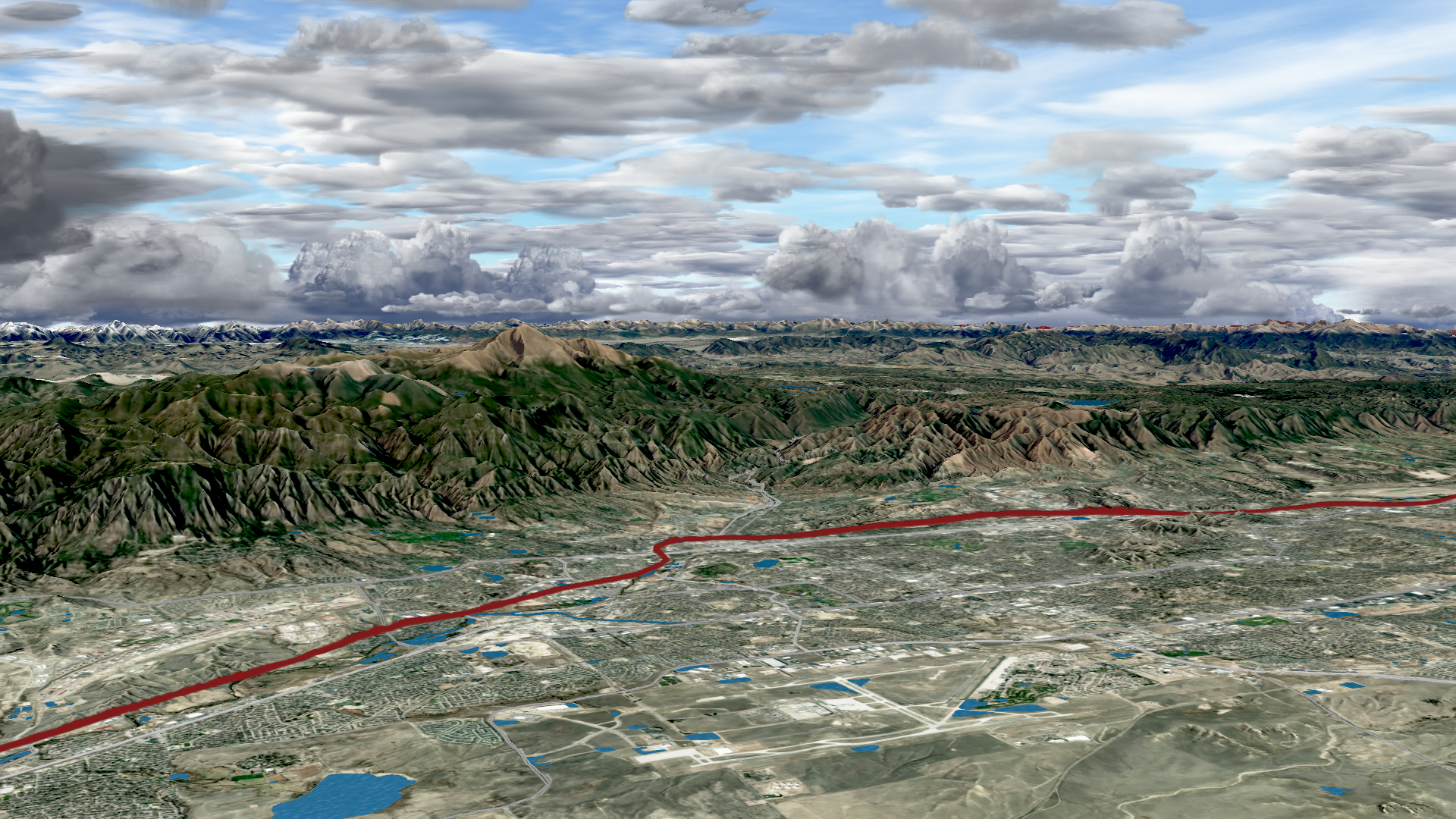Weather intelligence for the future: Crafting a strategic enterprise approach to changing environmental conditions
Continue reading

Max Cloud
Break free from traditional collaboration models with the availability, scalability, and security of cloud broadcasting.
Reduce your hardware footprint and increase productivity with the cloud
Max Cloud is built to drive collaboration across your organization. You get the functionality, advanced graphics, and rapid production of Max with the availability, scalability, and security-rich environment of the IBM Cloud. Define regional workgroups to allow stations to fill in for one another or simultaneously work together. Low-friction content sharing and distribution help virtually any producer, designer, or talent contribute to shows for multiple markets so scenes can develop rapidly and be put on the air.
Greater scalability and security with Max Cloud
See how Max Cloud can significantly accelerate workflows and improve disaster recovery processes.
Max Cloud is designed to build confidence and enhance security
Ransomware attacks have put security at the forefront of the minds of virtually every industry, including broadcast media. In response, many companies are now deploying mission-critical workflows in cloud-based collaboration tools to help alleviate concerns, improve security, and boost resiliency. Max Cloud is designed to accelerate disaster recovery with a security-rich infrastructure. Key features include transferring and sharing content with storage lockers managed by robust security layers and allowing a sister station to fill in when a station goes dark.
The facts about cloud broadcasting technology
increase in ransomware attacks in 2023 year over year1
average ransom in 2023 year over year2
On-premises vs. cloud solutions
On-premises solutions may be:
- Less secure and more vulnerable to attacks
- At risk of possible data loss if manual backups are not performed frequently
- Prone to corruption or unwanted changes when files are at rest, in motion, or in use
- Susceptible to disruptions in weather, content creation, and distribution if attacked

The Max Cloud service is built to offer:
- Greater protection against attacks due to strict IBM security protocols and Max applications verifying the content before encrypted transfer to or from the cloud lockers
- Accelerated recovery after disruptions by using automatic, off-site backups
- Increased resiliency with regional workgroups that enable business continuity, so if an attack affects one station, others in the regional workgroup can take over

Who uses Max Cloud?
Success story
Product showcase
Maximizing storytelling resources with Max Cloud and Max Velocity
See how Max Cloud and Max Velocity can help you scale at a moment’s notice and produce content from anywhere.
Fireside chat: Reasons to migrate your weather technology to the cloud
Weather is one of your most essential news assets. Join Ethan Dreilinger, former Global Client Solutions Engineer at The Weather Company, and Kurt Rao, CTO of Tegna, as they discuss the benefits of migrating your weather technology to the cloud for greater scalability, collaboration, and disaster recovery.
Frequently asked questions
Cloud broadcasting includes hosting advanced graphics, media, and other station content in the cloud. Cloud broadcasting also allows for remote access and facilitates collaboration within station workgroups.
The cloud increases productivity due to streamlined collaboration across station groups. Stations can reduce duplicate efforts and better leverage internal experts and resources when needed most.
The cloud helps enable collaborating teams to cover for each other if a station loses power or temporarily goes offline. As a result, viewers can depend on your team for continuous coverage when they need it most. Overall, the cloud helps to maximize productivity and optimize resource allocation across stations.
Collaborating teams can cover for each other in the event of a station losing power or temporarily going offline. As a result, viewers can depend on your team for continuous coverage when they need it most. Overall, the cloud helps to maximize productivity and optimize resource allocation across stations.
Max Cloud allows for collaboration across sister stations, cutting down on duplicate efforts. You can share content such as scenes, icons, and mapping in a cloud repository. In addition, if one station goes dark, another can pick up where it left off. Or if a colleague is sick or on vacation, someone can easily fill in.
Yes, the content stored in Max Cloud can be used across sister stations, eliminating the need to make near-duplicate content, saving on operational costs and increasing productivity.
Moving operations to the cloud ensures that every station can be a disaster recovery backup. In addition, storing and managing content in a cloud repository helps prevent your team from losing valuable digital resources during an unexpected outage.
No. Max Cloud reduces the amount of hardware needed across markets, saving on cost and productivity by erasing near-duplicate footprints across stations.
No. While Max Cloud allows for advanced graphics and rapid production of Max, it is integrated into your organization’s existing Max toolkit, requiring no additional staff. It is an environment that serves as a digital locker for your stations.
No. Max Cloud is a supplement to the Max ecosystem, so there’s only one system to learn, and all components integrate seamlessly with each other.
For linear TV product questions, call 978.983.6350, email [email protected] or submit a ticket via The Weather Community.
For digital/mobile product questions, email [email protected].
Let’s talk
To learn more about how Max Cloud can help your station become more proactive and safeguard your weather systems, contact our media experts today.
Contact us1 2023 Ransomware Attacks Up More Than 95% Over 2022, According to Corvus Insurance Q3 Report, Dark Reading, October 24, 2023
2 The State of Ransomware 2023, Sophos, 2023





























